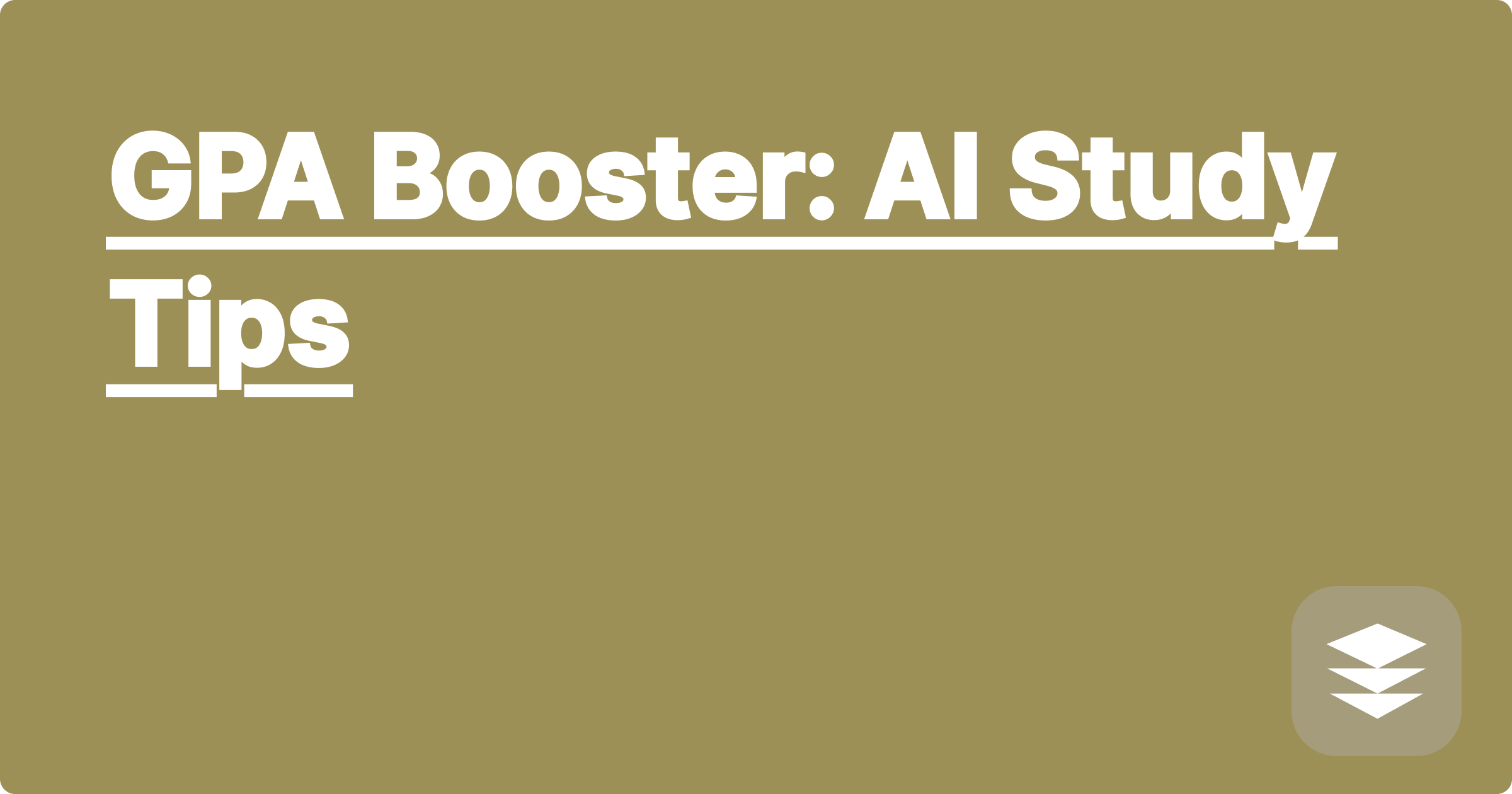
The demanding landscape of STEM education presents a unique challenge for students: managing immense amounts of complex information and applying it effectively. Juggling demanding coursework, research projects, and extracurricular activities often leaves students feeling overwhelmed and struggling to maintain a competitive GPA. Fortunately, the rise of artificial intelligence offers powerful new tools to navigate these academic hurdles. AI can personalize learning, automate tedious tasks, and provide insights that significantly enhance comprehension and retention, ultimately boosting academic performance.
This matters significantly for STEM students and researchers striving to excel in their fields. A strong GPA opens doors to prestigious graduate programs, research opportunities, and competitive career paths. By leveraging AI tools effectively, students can not only improve their grades but also develop crucial skills for navigating the increasingly complex world of scientific research and technological innovation. Embracing AI in education isn't just about achieving a higher GPA; it's about equipping oneself with the tools necessary to thrive in a future driven by artificial intelligence.
STEM fields, encompassing science, technology, engineering, and mathematics, are characterized by their rigorous curriculum and emphasis on problem-solving. Students often grapple with vast amounts of information, complex formulas, intricate coding languages, and abstract concepts. Traditional study methods, like rote memorization and passive reading, often prove insufficient for deep understanding and application of this complex material. Furthermore, the fast-paced nature of STEM advancements requires students to continuously adapt and learn new concepts, adding further pressure to their academic journey. This constant influx of information can lead to information overload, making it difficult to prioritize, organize, and retain crucial knowledge, ultimately impacting academic performance and hindering a student's ability to reach their full potential.
AI-powered tools offer a transformative approach to STEM education. Platforms like ChatGPT, Claude, and Wolfram Alpha can be leveraged to personalize learning experiences, provide on-demand tutoring, and facilitate deeper understanding of complex topics. ChatGPT and Claude, for instance, can be used to explain difficult concepts in simpler terms, generate practice questions, and even simulate interactive learning scenarios. Wolfram Alpha excels in computational tasks, allowing students to solve complex equations, visualize data, and explore scientific concepts through interactive demonstrations. By integrating these AI tools into their study routine, students can move beyond passive learning and engage actively with the material, leading to improved comprehension and retention.
Begin by identifying specific areas where you need support. Perhaps you're struggling with a particular concept in calculus, or maybe you need help understanding a complex algorithm in computer science. Once you've identified your learning needs, choose the appropriate AI tool. For conceptual understanding and explanation, ChatGPT or Claude are excellent choices. If you need to solve complex equations or visualize data, Wolfram Alpha is a powerful resource. Formulate clear and concise prompts or queries for the AI. For example, instead of asking "Explain calculus," ask "Explain the concept of derivatives in calculus with real-world examples." The more specific your prompt, the more targeted and helpful the AI's response will be. Carefully review the AI's output, asking clarifying questions if needed. Don't passively accept the information; actively engage with it by summarizing key points, working through examples, and applying the concepts to practice problems.
Consider a student struggling with the concept of eigenvectors in linear algebra. They can use Wolfram Alpha to input a matrix and instantly calculate its eigenvectors and eigenvalues. Furthermore, they can visualize these vectors and their transformations, gaining a deeper geometric understanding of the concept. Similarly, a student grappling with a complex integration problem in calculus can use Wolfram Alpha to not only solve the integral but also see the step-by-step solution process, enhancing their understanding of the integration techniques involved. For a student learning Python programming, ChatGPT can generate code snippets for specific tasks, explain the logic behind the code, and even provide personalized feedback on the student's own code. These practical applications demonstrate the power of AI in transforming STEM learning from passive absorption to active engagement.
To effectively integrate AI into your STEM studies, develop a strategic approach. Don't rely solely on AI; use it as a supplement to your existing learning resources, such as textbooks, lectures, and problem sets. Actively engage with the AI's output, asking clarifying questions and seeking further explanations when needed. Experiment with different AI tools to discover which ones best suit your learning style and specific needs. Treat AI as a personalized tutor, leveraging its capabilities to strengthen your understanding of challenging concepts and improve your problem-solving skills. Remember that AI is a tool, and its effectiveness depends on how you use it. By incorporating these strategies, you can maximize the benefits of AI and achieve significant academic gains.
In conclusion, AI offers a powerful suite of tools to enhance STEM learning and boost academic performance. By understanding the specific challenges of STEM education and strategically leveraging AI tools like ChatGPT, Claude, and Wolfram Alpha, students can transform their learning experience. Embracing these technologies not only improves GPA but also equips students with the essential skills needed to thrive in a future increasingly shaped by artificial intelligence. Start exploring these AI tools today and unlock your full academic potential.